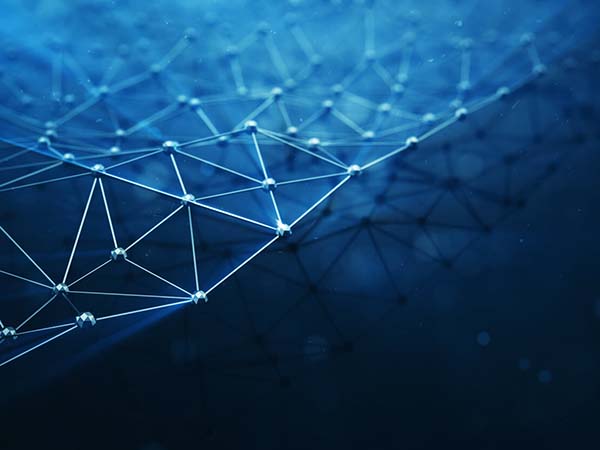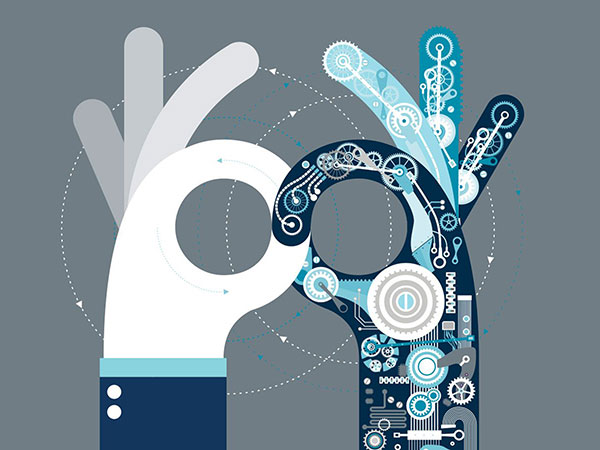CMO has recently reported the shocking news: “While 16% of U.S. jobs will be lost over the next decade as the result of artificial intelligence and technology, 13.6 million jobs will be created during that time due to the trend.” Artificial Intelligence is truly conquering the world.
With an estimated $70 billion worth on the market, artificial intelligence is in its prime right now. It improves the economy, ensures higher security of governmental institutions, and takes medicine to a brand-new level of greatness. In fact, machines get smarter and smarter every day with people “teaching” them new things.
Some sources report that around 90 billion hours could be saved yearly if artificial intelligence technologies were applied correctly in the developing markets. How fantastic is that? And that is not all you want to know about artificial intelligence.
There is another field where the use of AI can bring significant positive changes. This field is education. It will be revolutionized with the influence of AI sooner or later. And here are eight ways how machine learning can help us improve the education in the nearest future.
8 Ways Machine Learning Will Make Education Better
Customizable learning experience
With machine learning entering schools, teachers will no longer have to worry about the logs they keep on each student. No more need to spend hours on delivering concepts and establishing goals for each student. The machine will be able to do it on its own.
The idea behind this feature is to help educators see how each and every concept is being “digested” by the students. Thus, instead of simply instructing the ideas to the general public, teachers can see what methods are not working well and specify how exactly they can change the curriculum to make them work better.
For example, there is software developed by Gooru for schools, and it perfectly fits the description above.
Student path prediction
Some companies have started developing software that can actually predict how well a student will do at school and what are their chances of dropping out. Based on the repetitive actions of a student, the program identifies their weaknesses and analyzes whether they can lead to expulsion.
So, if a student has issues with writing and with time this problem only gets worse, the program can analyze whether or not it is a kind of situation where one should be worried and start taking measures. Thus, it is not only a problem of writing a proposal. It might be a sign of inability to meet requirements in the long run. In this case, the help of essay writing services might be needed.
Better organization of the process
Artificial intelligence has the potential of organizing the content and curriculums in a better way, as it can analyze what works best and which concepts are understood better with certain techniques.
As a result, the efficiency of education grows significantly and the students are happy because they get to learn important things in a way that they are comfortable with.
Unbiased grading system
Teachers won’t have to check students’ assignments because the machine can do it for them. Scores and grades will not be affected by the attitude of educators toward their students (we’re all people after all) but will be based on their performance exclusively.
The only issue is that it is still just a machine while checking requires much more than a set of technical requirements. So, some assistance from teachers will be needed anyway. For instance, Turnitin has recently developed a Revision Assistant. This program reviews one’s essays and detects plagiarism in them. Based on the results of the analysis, each essay gets a score. Besides, students get to see what parts should be changed or edited to make their text better.
Overall feedback on both students’ and teachers’ performance
The students can not only be graded by the machines but also given feedback according to the analyzed data and their recent submitted works. Once the machine is taught how to analyze the progress a student is making over time as well as how well they understand different concepts the teachers are showing them, it will be able to assess it. Thus, tutors will know what parts of their job need adjustments. Meanwhile, students will see where they have gaps in knowledge. Moreover, they will see what patterns they need to follow to achieve better results. Among good tools for this matter is BrightBytes Clarity. It offers a profound research and best practical analysis, and develops a so-called strength gap analysis.
Suggested learning path
Once the software analyzes students’ performance, it might suggest a better way to learn new material. It starts with the analysis of the existing knowledge of the curriculum. And once weak spots are identified, students receive suggestions regarding materials and further learning methodology.
Among the best systems for this matter are Mangahigh and DreamBox. According to the official website of the DreamBox, “DreamBox Learning Math is an adaptive, online K-8 math program designed to complement classroom instruction and deliver results”. As fantastic as it sounds, machine learning of such kind can be a part of your classroom routine.
Matching students and teachers
Some software allows you to match students that need help and available teachers. No need to facilitate such appointments all by yourself or to try to fit another meeting into your busy schedule. The system will do all of it for you.
This is what New Classrooms does. They strive to create a personalized schedule for students based on their needs and pace of learning. No pressure at all. Students come as they are and the program adapts to them. That is how learning Math becomes a pleasure.
Educational experiments
Finally, AI can help educators make the process of obtaining new knowledge more fun and challenging with the aid of advanced technologies. All you need to start using this approach is an in-depth analysis of the best-working practices in your classroom. Once you have that, simply add more fun and creative tasks based on already existing successful activities.
Artificial intelligence has all the potential to speed up the progress in the educational establishments. Teachers will get to save time on their daily routine tasks. Therefore, they will be able to use this time to actually work with students.
Some people are worried that AI might replace tutors altogether. However, we guarantee that this will not happen. It will only help schools equip them better and help them prepare kids for the developing demands of the job market.
Besides, it is a known fact that the size of classes is growing and teachers need help to be able to give proper attention to each and every student equally. And that is the job for AI.
So, machine learning can take our education to a brand-new level as soon as schools implement it in their curriculums. AI does not have a positive image among the educators and we hope that this article will fix that. And we hope to help you see the positive effect of AI on the future of education.





















